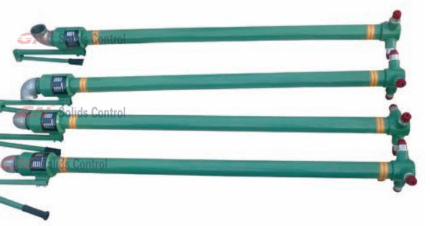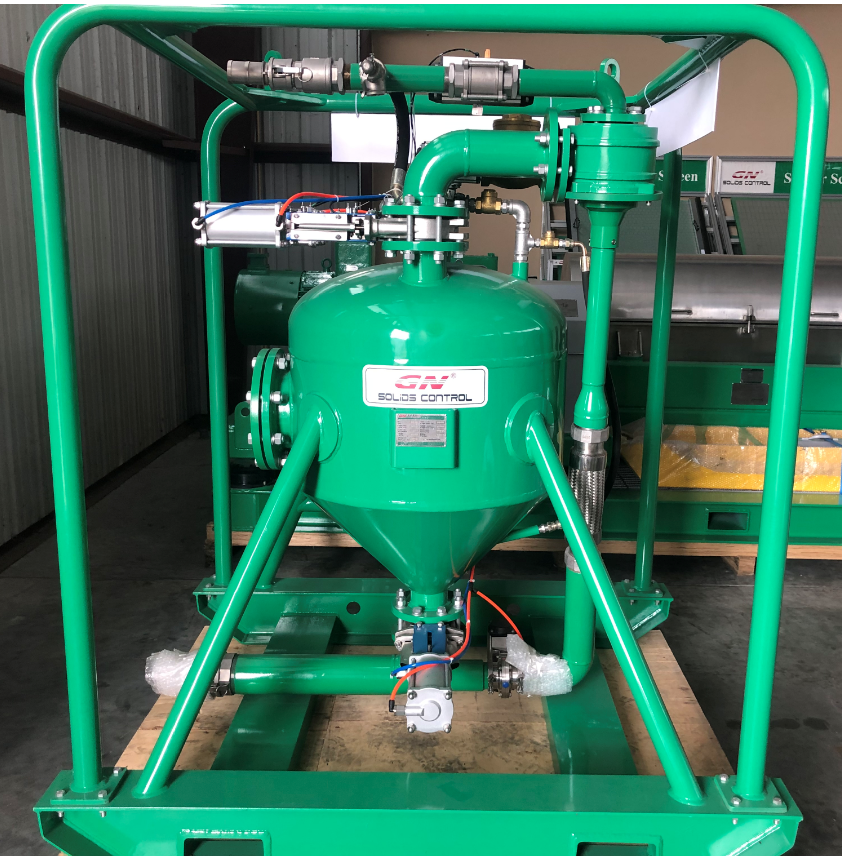- Circulation of drilling fluid
The circulation of drilling fluid is maintained by drilling pumps (commonly known as mud pumps). High-pressure drilling fluid discharged from the drilling pump passes through the surface high-pressure manifold, riser, hose, faucet, square drill rod, drill pipe, drill collar to the drill bit, ejected from the drill nozzle, then flowing upward along the annular space formed by the drill rod and the shaft wall (or casing), returning to the ground through the discharge line, vibrating screen flow into the mud pool, and then through the treatment of various solid control equipment back to the upper pool, into the recirculation, this is the drilling fluid circulation process and Circulating system.
II. Function of drilling fluid
1. Carrying and suspended cuttings
The most basic function of drilling fluid is to carry the cuttings of the bottom hole broken by the bit to the ground through circulation, to keep the hole clean, to ensure that the bit always contacts and breaks the new formation at the bottom of the well, not to cause repeated cutting, and to keep safe and fast drilling. The drilling fluid can suspend the drilling debris retained in the well in the annulus, so that the drilling debris will not sink quickly and prevent the sand-sinking drilling.
2. Solidify wellbore
Well-wall stability and well-hole rules are the basic conditions for safe, high-quality and fast drilling. The drilling fluid with good performance should be able to form a thin and tough mud cake on the shaft wall by means of liquid phase filtration, stabilize the drilled formation, prevent the liquid phase from invading the formation, and reduce the degree of hydration expansion and dispersion of shale.
3. Equilibrium formation pressure and rock lateral pressure
In the process of drilling engineering design and drilling, it is necessary to adjust the drilling fluid density continuously, so that the liquid column pressure can balance the formation pressure and the formation side pressure, so as to prevent the occurrence of downhole complex situations such as blowout and well collapse.

